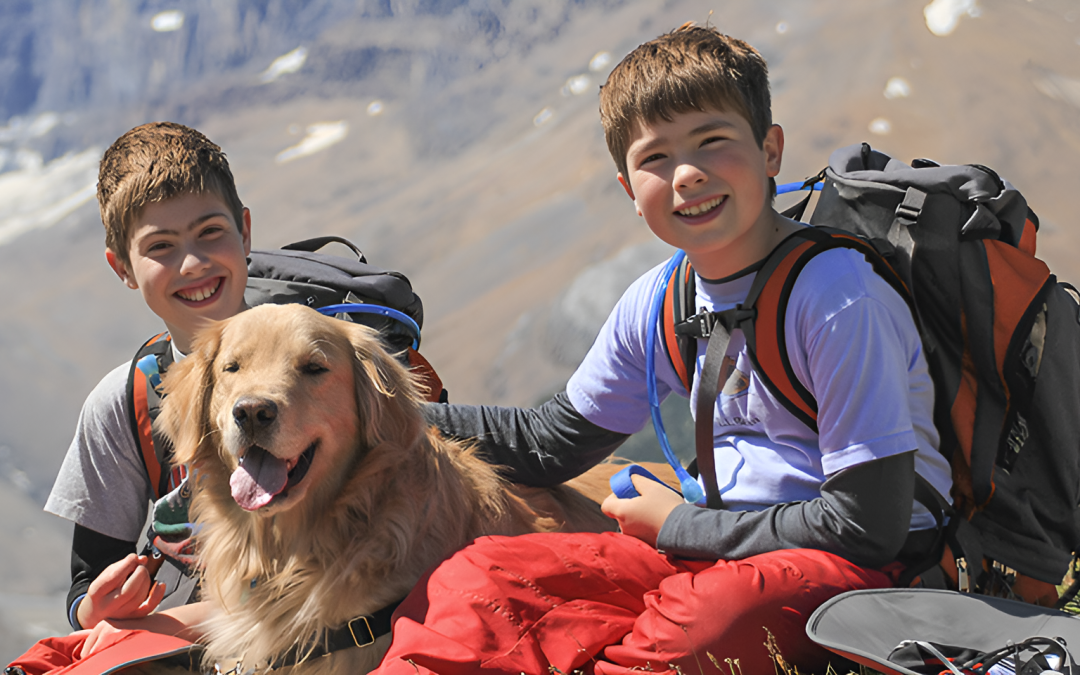Introduction
Family camping should be as enjoyable for a four-legged friend as it is for humans, but it comes with a lot of preparation to ensure safety in the confines of the maneuvers on the ground. As part of safety equipment, folding bowls, and reflective leashes offer optimum visibility and enable hydration, both essential on-the-go activities for pets. Pack-along dog pads, waterproof raincoats, or portable beds keep comfort high for convenience in all kinds of terrains and situations. Proper leash etiquette and reliable recall will give your pet respect for other campers and wildlife. Finally, a personal first-aid pack with gauze, antiseptic wipes, tweezers, and any medications needed is essential when veterinary help is far away.
Summary
Camping out with your dog turns an ordinary afternoon into an adventure that improves the bond between you and your pet. Experiences differ each time with the addition of physical vitality and nature. Most of the time, be ready for anything, even unexpected storms and rugged terrains, to keep that doggy safe, happy, and healthy during outdoor activities.
Safety Gear
Foldable Bowls for Hydration and Feeding
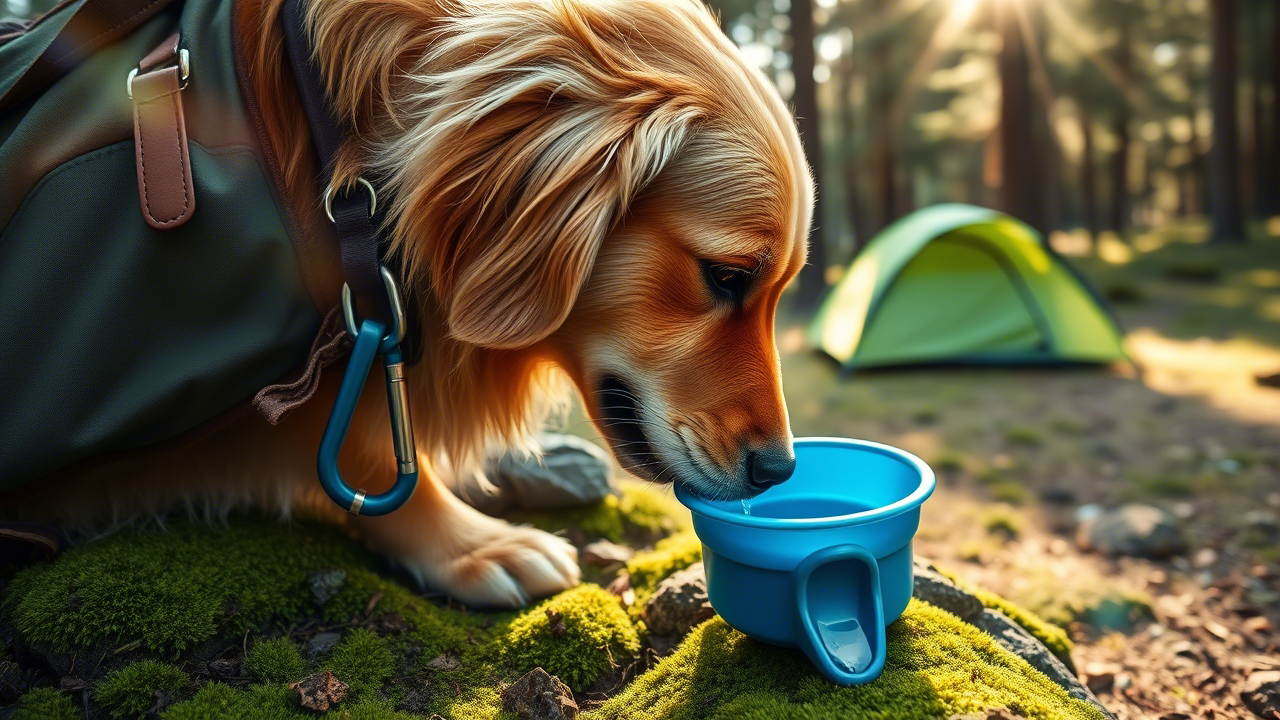
Why it matters: Hydration and a good diet keep heatstroke, exhaustion, and upset stomachs from cropping up while on the trail.
What to search for: Heavy-duty, food-grade silicone bowls that fold flat but attach to your belt or bag with a carabiner open for easy access without adding bulk. Reflective Leashes to Boost Awareness Why it’s necessary: Low light levels and dense foliage can create visibility problems, increasing the chance of being hit by a bike, car, or other hikers.
Reflective Leashes for Visibility
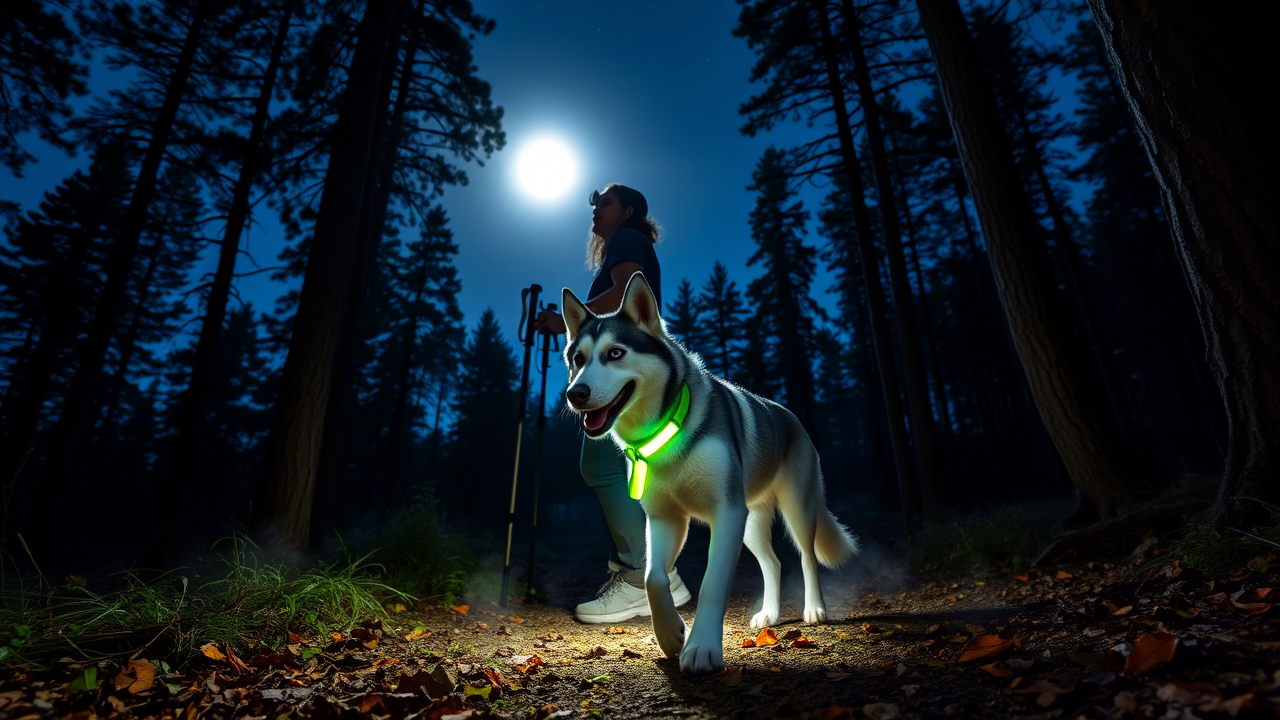
Importance: A dog can be obscured in low-light conditions or by dense undergrowth, leaving him vulnerable to vehicles, cyclists, or hikers alike.
What To Look For: Look for leashes lined or stitched with 3M® reflective material to ensure visibility at hundreds of feet for safety factor on dawn, dusk, or night walks.
Weatherproof and Portable Beds
Portable dog beds
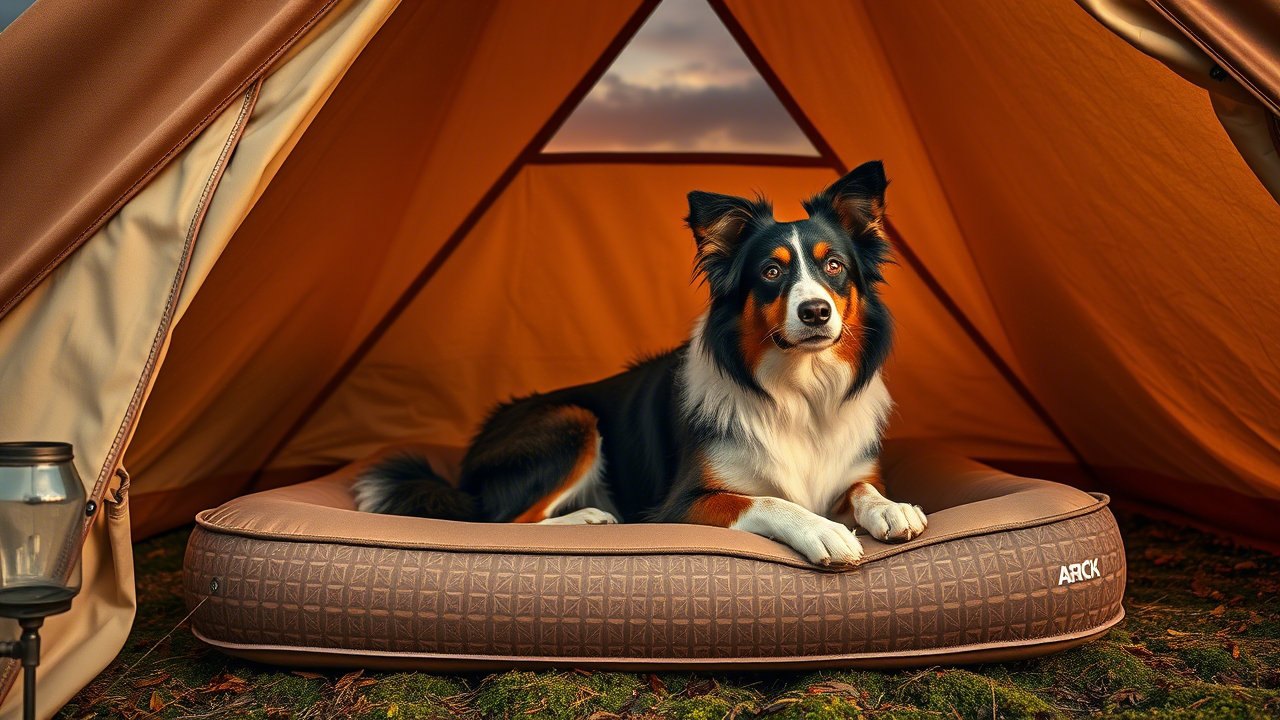
Why it’s needed: Dogs have less anxiety and joint stress when they can hunker down in a familiar sleeping area while relaxing and recuperating from activity.
What to watch out for: Light and compact water-resistant mats or pad-to-bag systems, such as the Lay-n-Go® DogBed or Ruffwear Basecamp Bed-in-a-bag, represent the most versatile travel options for any landscape.
Weather Protection Gears
Why it’s necessary: Short rains or cold gusts can cause dogs, mainly those with short coats or little fat, hypothermia or discomfort.
What to look for: Wear breathable rain jackets (such as Ruffwear’s Sun ShowerTM) and lightweight waterproof raincoats from trusted names like Canada Pooch so that pups stay dry and warm without curtailing their mobility. Proper Behavior In The Wild Leash Etiquette for Training.
Training Tips for Wilderness Etiquette
Leash Manners:
As you walk with consistent tension and stops, then at some point, let your dog know it is a treat for staying at your side. This prevents Frantic from shooting something that runs toward hazards or animals.
Reliable Recall:
Start indoors, work all the way out to the backyard, then let them try even farther fields. Reward them for all successful completions to build trust and reliability slowly.
Respecting Others and the Environment:
You need to train your dog to follow the “leaving no trace” principles of picking up litter and leaving plants or wildlife untouched. You should also teach your dog to pause before seeing and think about whatever hiker or dog activity may occur before deciding to interact.
Recommended First Aid Items for Dogs
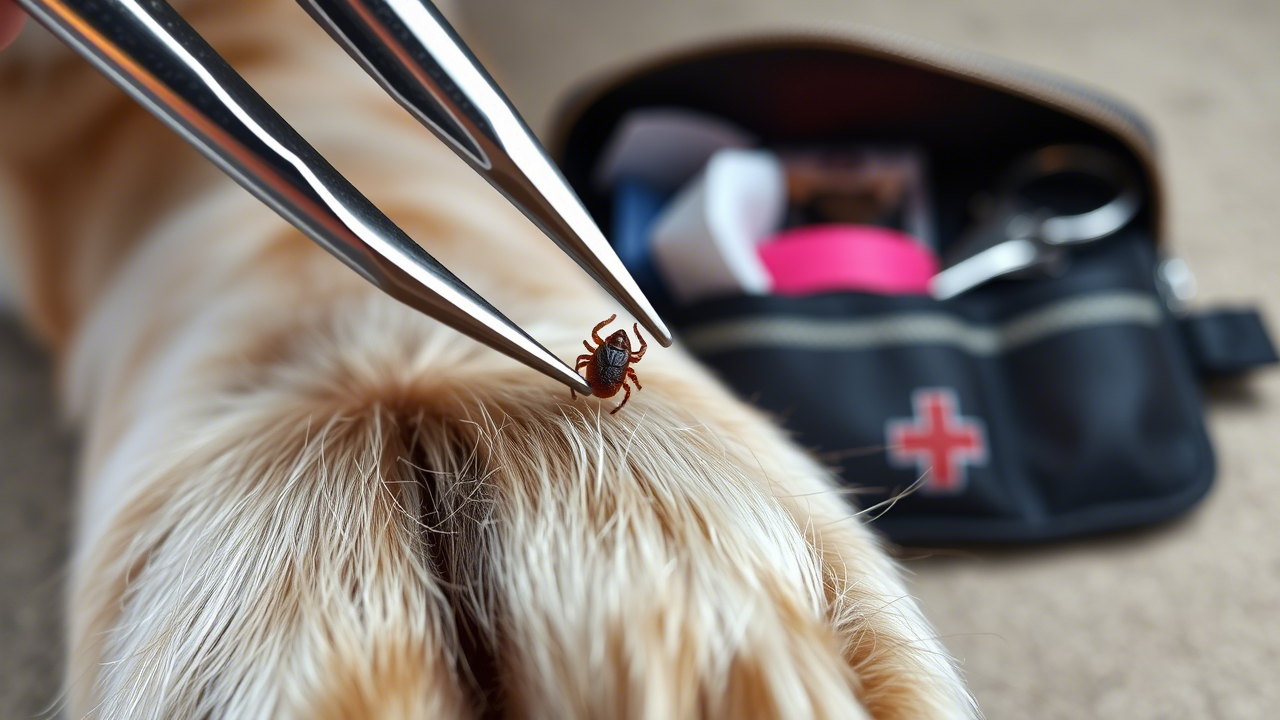
A specialized pet first-aid pack is ideal while traveling for many days. It can contain sterile gauze rolls and pads to halt bleeding that results from cuts or wounds. Adhesives and self-sticking wraps: They would reduce the irritation to your fur while holding the bandages and splints in place. They also need antiseptic wipes and antibiotic ointment to keep any wound from infection. Use tweezers if they have come across splinters, thorns, or ticks. Alternatively, snip bandages or trim fur around a wound using scissors or a small knife.
- Sterile gauze pads and rolls assist in controlling bleeding for cuts or abrasions.
- Adhesive tape and self-adhering wraps to hold gauze and splints without irritating fur.
- Antiseptic wipes and antibiotic ointment to clean wounds to prevent infection.
- Tweezers to safely remove splinters, thorns, or ticks.
- Scissors or a small knife for cutting bandages or trimming fur surrounding a wound.
- Hydrogen peroxide for inducing vomiting only as instructed by a veterinarian after toxin ingestion.
- All prescription medications: Bring a one-day buffer beyond your itinerary in case of delays.
- An emergency contact list: your local veterinary clinic, poison control, and your regular vet phone number.
Conclusion
Indeed, dog-friendly camp trips are organized carefully for what potential failings would become lovely memories. Equip all with housing, such as proper safety equipment, snug sleeping for all elements of nature, whether rain or shine or the prosperity of wilderness etiquette for you and your four-legged friend. A good first-aid kit lets you go along confidently in the trails, creeks, and night campfires. Prepare well; train hard; learn as many experiences as possible with your pet so they can cherish the memories for years to come!

